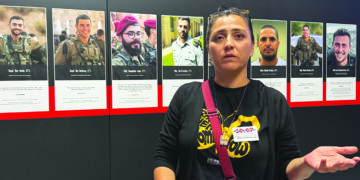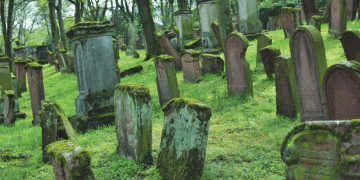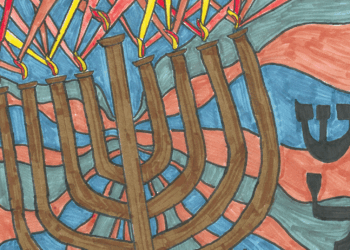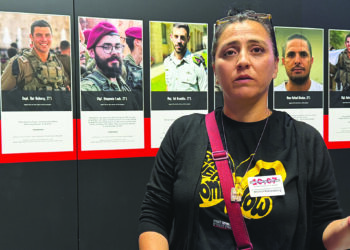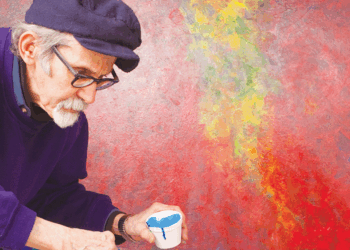Reviewed by NEAL GENDLER
One era’s innovative, effective, nationally praised project can lose appeal in another, as shown by the trajectory of the Talmud Torah of St. Paul.
In The Arc of the Covenant, Earl Schwartz, of Hamline University’s religion faculty, tells how changes in community leadership, demographics and an increase in religious factionalism worked against the once-unusual idea of a community school for Jewish education.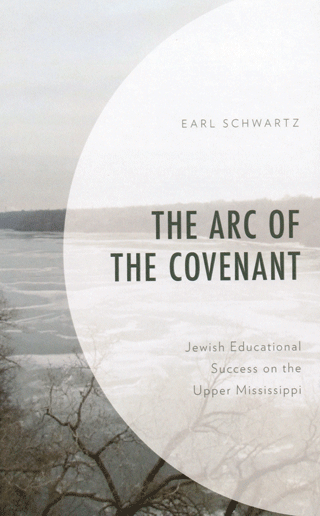
“In its first 50 years, the Talmud Torah’s programs, while rooted in classical texts and traditional skills… met with considerable success,” Schwartz says.
In “a medium-size city with a relatively small Jewish community and an aging river town on the Upper Mississippi… it would not have been surprising that the St. Paul Jewish community, like many others, had been wilting for decades,” Schwartz says. But a 1969 study found the opposite. The Talmud Torah’s success was “highly illuminating,” found in few places and worth replicating.
Growth continued through the last quarter of the 20th century, thanks to “fortuitous circumstances and thoughtful planning,” he says.
Before World War II, St. Paul’s Jewish education was provided, if at all, by congregations and some other organizations. Postwar Jewish community leaders decided that better education could be delivered more broadly, effectively and efficiently through a community school.
A model was next door, Schwartz says: the Minneapolis Talmud Torah, a supplementary school with cross-denominational enrollment.
Schwartz describes how the leaders of St. Paul’s Jewish community created Talmud Torah and raised funds for it. A building was constructed in 1956, adjacent to Temple of Aaron. By 1963, Talmud Torah enrolled 550. Later, Soviet immigrant children enrolled.
Both school and synagogues benefitted, Schwartz says.
“Freed of direct responsibility for liturgical training for Bar and Bat mitzva,” Talmud Torah could “embrace broader and deeper educational goals,” and synagogues could focus on liturgical skills — a division of labor adopted by all four Twin Cities Conservative congregations in the 1960s and 1970s.
The Arc of the Covenant is not a typical history, recounting year by year activities, leaders and personnel. Instead, Schwartz, who has taught there, shows how the Talmud Torah of St. Paul illustrated advantages of a compact, integrated Jewish community and the consequences of dispersion, and social and generational changes.
As it flourished, “the Talmud Torah was coming to be seen among Jews, and to a significant degree beyond the Jewish community as well, as a distinguished asset and worthy expression of the aspirations of the St. Paul Jewish community,” he says.
Talmud Torah was “providing what many schools around the country, in larger and wealthier Jewish communities, dearly hoped to offer: a range of early childhood, supplementary, adult and day programs with student bodies drawn from a wide spectrum of backgrounds and affiliations… rooted in a classical Jewish curriculum, with a special focus on moral education” plus strong ties to the larger St. Paul community “and impressive academic outcomes including an outstanding general studies program in the day school.”
But not everything remained rosy, Schwartz says. Some questioned whether the day school, begun in 1982, served a big enough constituency for its expense. Some thought the day school made the supplementary school appear second best.
Centripetal forces were also at work, which Schwartz broadly and insightfully describes.
Original community leaders were moving on, and dynamic Rabbi Yosi Gordon, “a key figure in the [organization’s] growth and its last long-term executive director [1978-1990], had stepped down.” Schwartz doesn’t criticize others, but says they didn’t demonstrate a comparable combination of skills.
“Temple of Aaron’s decision to open its own supplementary school [in 2000] would markedly alter the educational climate,” Schwartz says. Although a Talmud Torah-Mt. Zion program remains, communal cooperation began to fray, the Minneapolis day school opened, immigration from the former Soviet bloc shrank, and enrollment fell.
Meantime, the population dispersed. In 1968, an estimated 80 percent of greater St. Paul’s Jews lived in Highland Park, Talmud Torah’s location.
“All of St. Paul’s communal agencies, congregations and Jewish-oriented businesses remained in the city limits through the mid-1980s,” he says. By 2004, the city percentage was 47 percent — and only 31 percent of the children.
Other communal glue thinned, too, including social and business ties among immigrant and first-generation American Jews. Chabad became the dominant Orthodox presence, with its own schools, and “an increasing number of households included parents who as children had little or no Jewish education,” experiences to replicate in their offspring.
“Accelerated geographic diffusion is at once both a cause and effect of a larger disintegrative process,” Schwartz says. Recent research has found that “a growing proportion of those who continue to identify themselves as American Jews… are largely uninterested in rooting that identity, even in the most contingent ways, in any Jewish community, local or otherwise.”
Talmud Torah continues, if smaller. Providing Jewish education commonly again, Schwartz says, would “require congregations to once again demonstrate the foresight to forego the ill-conceived ‘loss leader’ of redundant, in-house general Jewish educational programming.”
***
Neal Gendler is a Minneapolis writer and editor.



